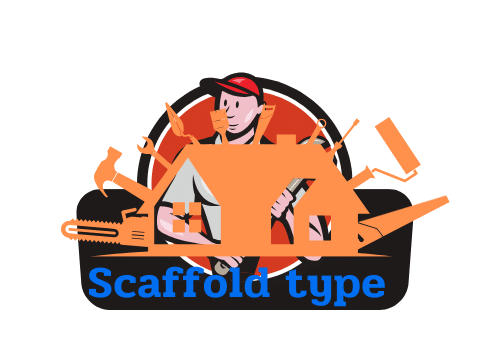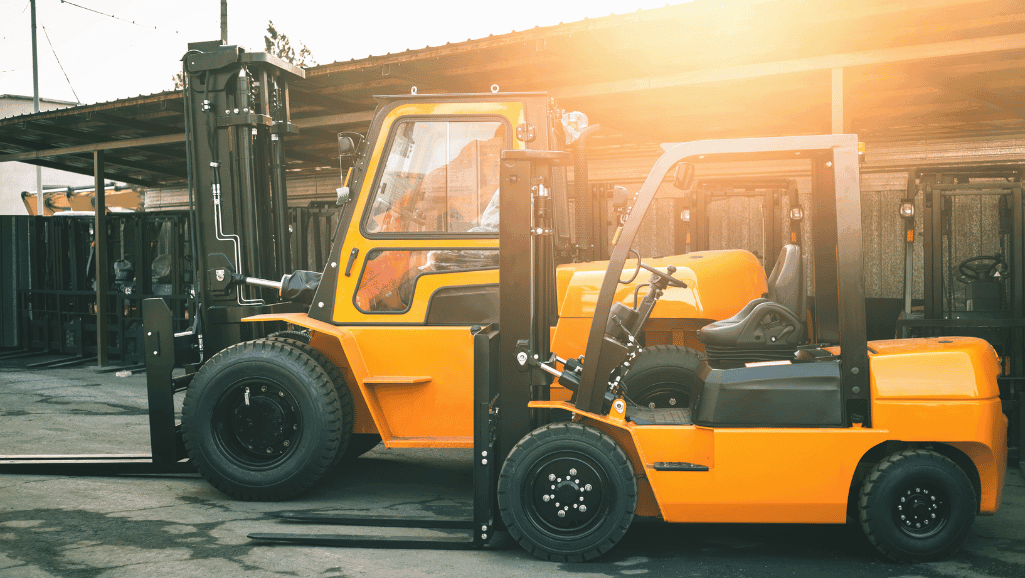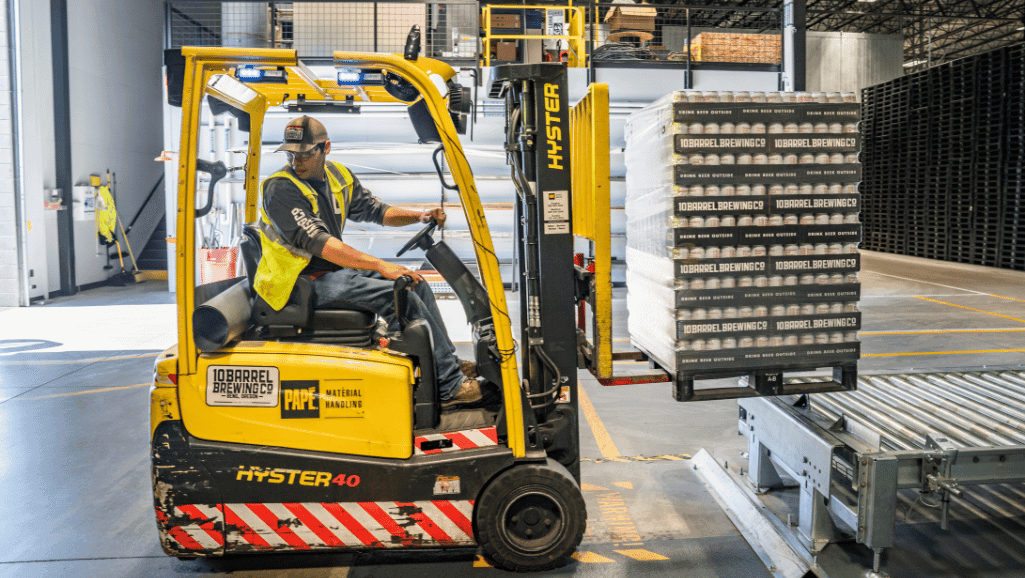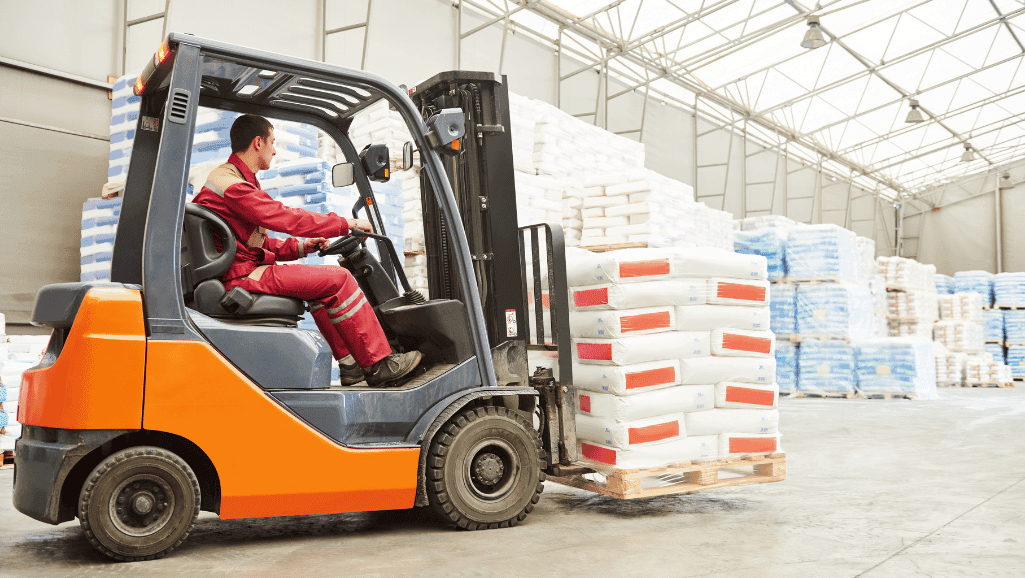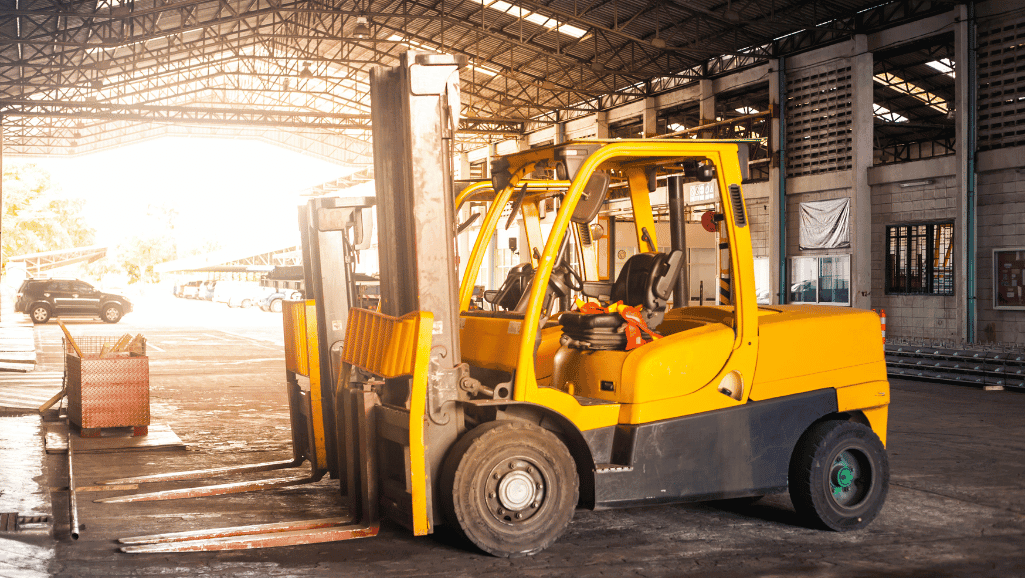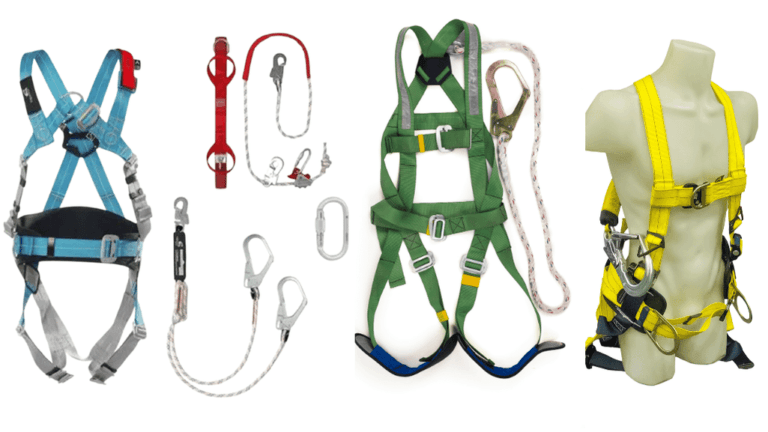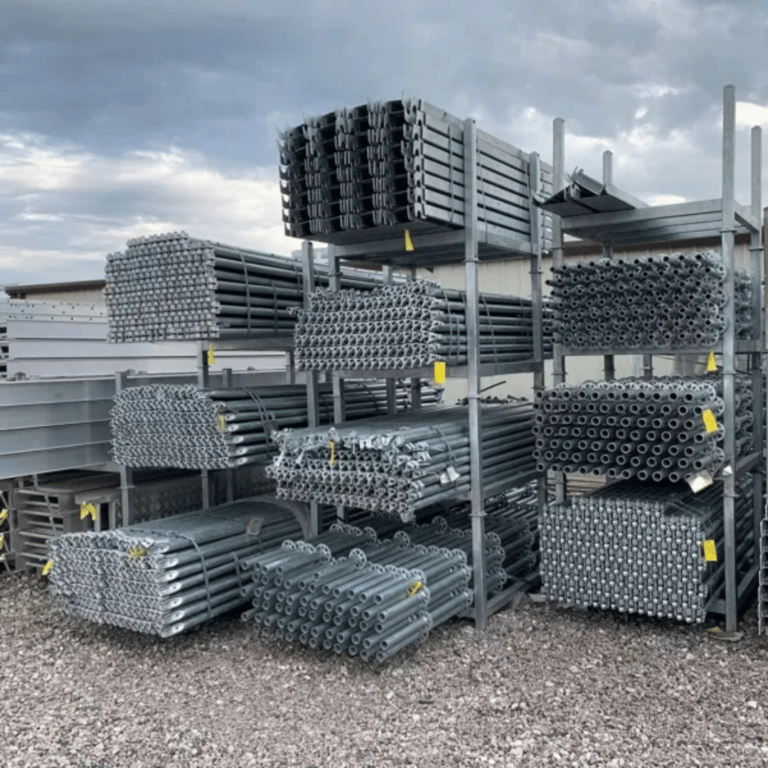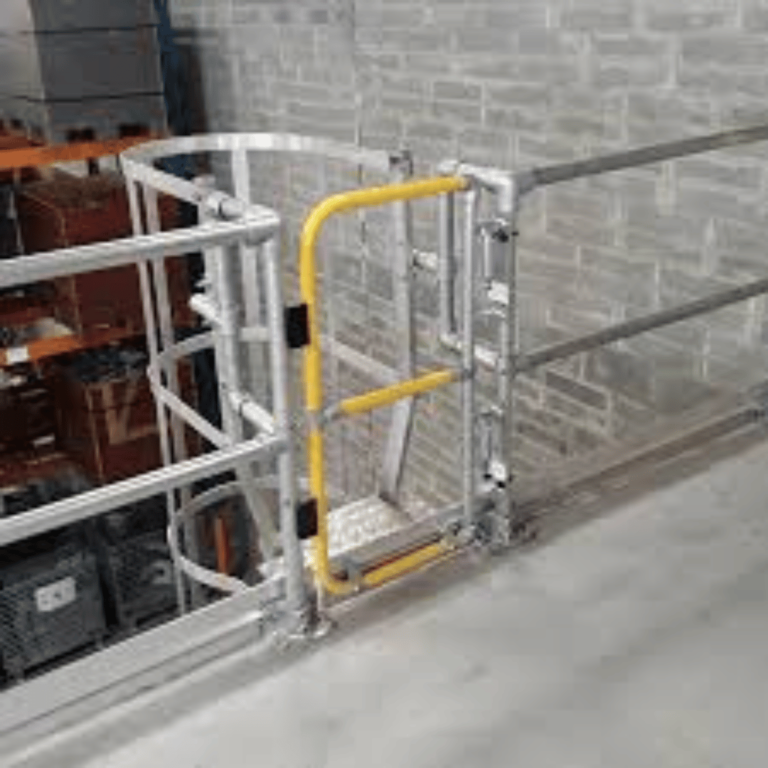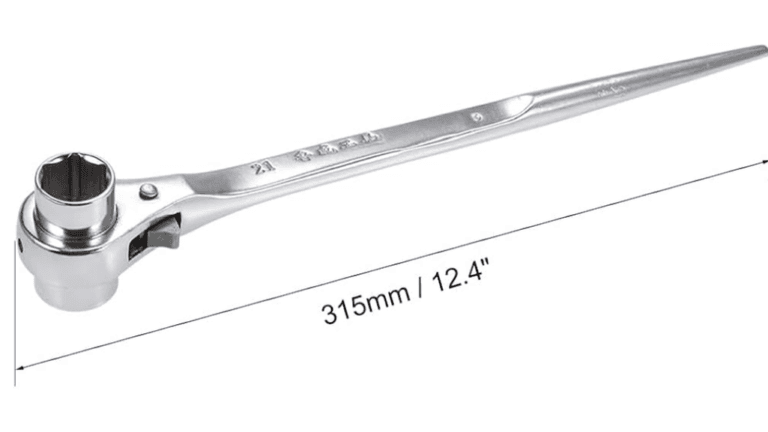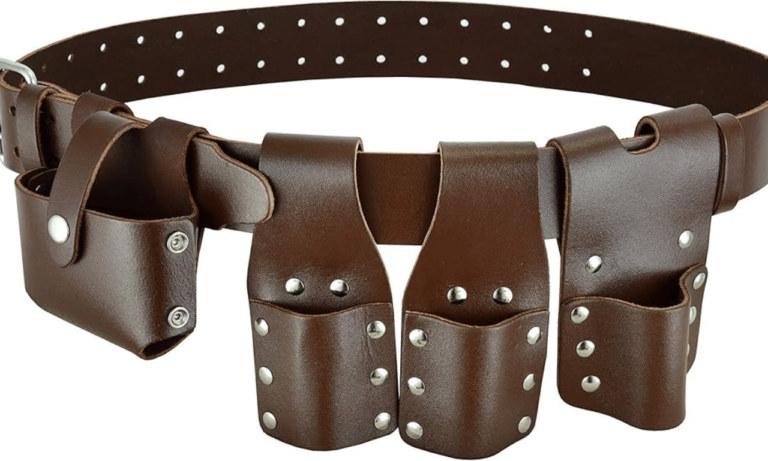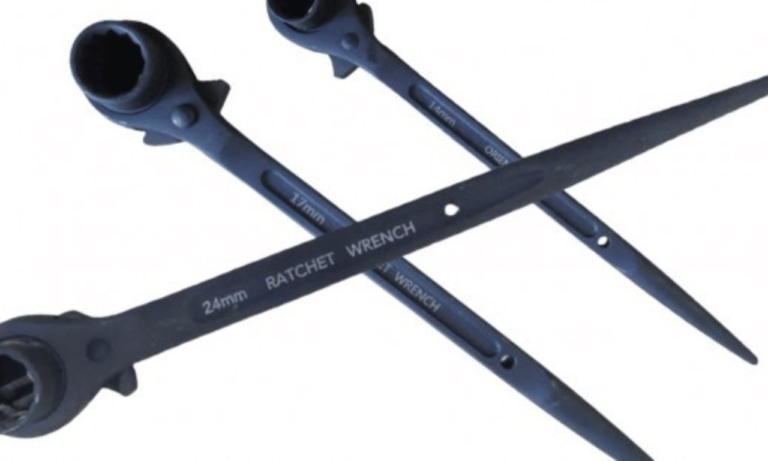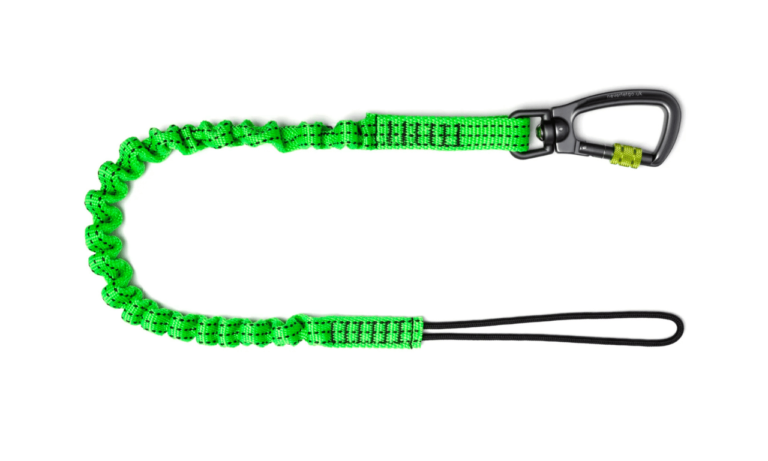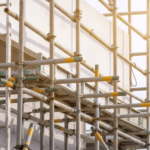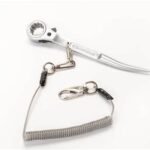Phone:
(+65)8319-0742
Forklifts are key material handling equipment that have changed how goods are moved and managed. These industrial vehicles are crucial for making operations run smoother, increasing productivity, and saving space in many industries. They are essential in busy warehouses and on the move construction sites, making them the top choice for handling materials efficiently.
In warehousing and logistics, forklifts are great at moving goods, loading and unloading pallets, and handling inventory easily. They help warehouses use space better, letting them store more and work more efficiently. On construction sites, forklifts move heavy stuff like steel, bricks, and lumber, helping projects move forward on time.
In manufacturing, forklifts help move raw materials, shift goods between production steps, and manage finished products. Adding forklifts to manufacturing makes the flow of materials smooth, cuts down on delays, and boosts productivity. Ringlock scaffolding, a modular system, also benefits from forklifts for setting up and taking down.
Key Takeaways
- Forklifts are essential material handling equipment used across various industries
- They optimize warehouse storage space and streamline logistics operations
- Construction sites rely on forklifts for efficient transportation of heavy materials
- Manufacturing units use forklifts to move raw materials and manage finished products
- Forklifts enhance productivity and ensure smooth workflow in different sectors
Introduction to Forklifts in Material Handling
Forklifts are key in the world of moving goods and materials. They help make operations smoother in many industries, from warehouses to construction sites. These machines come in different types, each suited for certain needs and places. Cuplock scaffolding uses forklifts for safe and efficient handling of materials on construction sites.
Pallet jacks are great for moving pallets in small areas. Reach trucks are perfect for reaching high shelves and navigating tight spaces. Order pickers help with picking items from shelves for orders. Rider trucks are good for covering longer distances comfortably. Walkie stackers are ideal for smaller spaces and stores.
| Forklift Type | Key Features | Typical Applications |
|---|---|---|
| Pallet Jacks | Compact, maneuverable, and easy to operate | Moving pallets in tight spaces and smaller warehouses |
| Reach Trucks | Designed for high storage areas and narrow aisles | Warehouses with high storage racks and limited space |
| Order Pickers | Allows operators to pick items directly from shelves | Order fulfillment in warehouses and distribution centers |
| Rider Trucks | Comfortable and ergonomic for longer distances | Transporting goods across larger warehouses and facilities |
| Walkie Stackers | Compact, maneuverable, and easy to operate | Smaller warehouses, retail stores, and tight spaces |
Choosing the right forklift depends on the materials, facility size, and tasks. Knowing what each forklift can do helps businesses move materials better, work faster, and keep workers safe.
The Role of Forklifts in Different Industries
Forklifts are key in many industries, making material handling more efficient. They are vital in warehouse logistics and construction material handling. They help with smooth operations and quick delivery of goods. Let’s see how forklifts help in various sectors.
Warehousing and Logistics
In warehousing and logistics, forklifts are crucial. They make the most of storage space by stacking items vertically. They also help with loading and moving pallets and inventory accurately. Modern forklifts use automation and telematics to improve warehouse logistics, making things faster and more productive.
Construction Industry
In construction, forklifts move heavy stuff like steel and lumber. Choosing the right tires is key for off-road forklifts to work well and safely. They help move materials fast, keeping projects on track and keeping workers safe.
Manufacturing Units
In manufacturing, forklifts keep things running smoothly. They move materials, goods between lines, and manage finished products. Different places need different forklifts, like sideloaders or reach trucks. Picking the right one helps make production better and more efficient in manufacturing logistics.
Retail Environments
In retail, forklifts are key for unloading, organizing inventory, and keeping logistics efficient. They help stock shelves fast, cut down on manual work, and make supply chains smoother. Electric forklifts are great for retail because they don’t pollute and are quieter, making shopping better for everyone.
| Industry | Key Benefits of Forklifts |
|---|---|
| Warehousing and Logistics | Optimize storage space, enable seamless distribution |
| Construction Industry | Transport heavy materials, contribute to project progression |
| Manufacturing Units | Move raw materials, transfer goods between production lines |
| Retail Environments | Unload shipments, organize inventory, maintain efficient logistics |
Forklifts are versatile and essential in many industries. They make processes better, cut costs, and boost efficiency. They’re a key part of the supply chain today.
Forklift Attachments for Increased Productivity
Forklift attachments are key tools that make forklifts more useful and boost work efficiency. They come in many types, each suited for different needs in various industries. These tools let forklifts do more than just lift and move things, making them crucial in warehouses, construction sites, and factories.
The self-dumping hopper is a top choice for forklift attachments. It quickly and automatically lifts heavy materials, making tasks like cleaning up or moving goods easy. This is especially useful in fields like farming, waste management, and building, where handling large amounts of material safely and quickly is key.
Boom Attachment
The boom attachment is another versatile option. It comes in telescopic and non-telescopic types, letting forklifts reach and move heavy items easily. This turns forklifts into powerful tools for handling items that would otherwise need extra equipment. In construction, boom attachments help move materials like pipes, lumber, and steel beams.
Safety Work Platform
The safety work platform is vital for keeping workers safe at high places. It gives a secure place for workers to do tasks safely in warehouses and on construction sites. It’s better than traditional scaffolds because it lets workers move easily, get past obstacles, and speed up tasks. Safety work platforms help keep workers safe and boost productivity.
The table below shows the main benefits of three common forklift attachments:
| Attachment | Benefits |
|---|---|
| Self-Dumping Hopper | Automatically relieves operators of heavy materials, enhances efficiency in waste management and material transport |
| Boom Attachment | Extends forklift reach, enables handling of long and heavy objects, transforms forklifts into versatile material handling solutions |
| Safety Work Platform | Provides secure and stable surface for workers at heights, increases mobility compared to scaffolds, speeds up loading and stacking jobs |
For more safety and efficiency, companies might also look into top-notch scaffolding from trusted sources like Amazon Scaffolding. Using advanced forklift attachments with quality scaffolding makes a workplace that values both productivity and worker safety.
In summary, forklift attachments are crucial for boosting productivity in many industries. From self-dumping hoppers and boom attachments to safety work platforms, these tools help forklifts handle a variety of tasks. By choosing the right attachments and working with top scaffolding providers, businesses can make their material handling operations more efficient and safe.
The Importance of Forklift Training
Forklifts are powerful tools that need skilled operators for safe and efficient use. Comprehensive forklift training is key to preventing accidents, reducing damage to equipment, and keeping work environments productive. Proper training boosts operator safety and helps businesses succeed.
Technical Proficiency
Forklift training gives operators the skills they need to use these machines well. Trainees learn about the physics of forklift operation, like managing loads and keeping balance. They also learn how to spot and fix potential problems early to avoid accidents. With these skills, operators can work safely and efficiently in different settings.
Safety Emphasis
Operator safety is a big part of forklift training. Trainees learn how to avoid accidents by staying visible, using spotters when needed, and driving safely. They also learn the importance of regular checks and maintenance to keep the workplace safe. By focusing on safety, companies can cut down on accidents and promote responsible forklift use.
| Common Factors in Forklift Accidents | Percentage of Accidents |
|---|---|
| Excessive speed | 35% |
| Improper driving | 28% |
| Riding with elevated load | 18% |
| Inadequate servicing | 12% |
| Other factors | 7% |
Benefits of Forklift Training
Comprehensive forklift training brings many benefits for employers and employees. These include:
- Reduced accident rates and improved worker safety
- Increased productivity and efficiency
- Less equipment damage and lower maintenance costs
- Higher employee confidence and morale
- Meeting regulatory requirements
By focusing on forklift training, companies show they care about their employees and their success. This leads to a better work environment, less downtime, and staying competitive in their fields.
Forklift Safety Features and Technology
The forklift industry has made big strides in safety tech, changing how operators move materials and navigate warehouses. Modern forklifts now come with features that focus on cutting down accidents and boosting efficiency. These features put the well-being of operators and their productivity first.
One big leap in forklift safety is the use of proximity sensors. For example, Toyota’s SEnS Smart Environment Sensor™ can spot objects up to 32 feet away. It has different zones with alarms for each one. This tech warns operators about people or things near the forklift, lowering the chance of crashes. Plus, Toyota’s SEnS can be added to some forklifts already being used, making older fleets safer.
Other safety features on forklifts include backup alarms and fork positioners. Backup alarms alert people when the forklift is moving backward. Fork positioners let operators adjust the forks easily from their seat. Seat belts keep operators safe during sudden stops or if the forklift tips over. Forklift camera systems also help operators see what’s behind them, which is really useful in busy warehouses.
Smart sensors and warning systems have changed the game for forklift safety. They offer 360-degree views, alarms for close objects, and spot things operators might miss. Training tools like virtual reality (VR) are also helping operators get better at their jobs. These tools improve skills, quick thinking, and decision-making in a safe setting.
| Safety Feature | Benefit |
|---|---|
| Overhead Guard | Protects operators from falling objects and potential obstructions |
| Proximity Sensors | Detects objects and pedestrians, reducing collision risks |
| Backup Alarms | Warns pedestrians and other operators when the forklift is in reverse |
| Fork Positioners | Enables operators to adjust forks swiftly and securely from their seats |
| Seat Belts | Secures operators in place during sudden stops or collisions |
| Camera Systems | Provides clear visibility of the rear area, enhancing safety |
The future of forklift safety tech looks bright, with AI for predictive analytics, better fleet management, and AR for more guidance. As warehouses get more complex and the need for efficient handling grows, these new tech advances will be key. They’ll help make workplaces safer and keep forklifts as essential tools for safe and efficient work.
Forklift Maintenance and Warranty
Keeping your forklift running well means regular maintenance and knowing about warranty coverage. Proper forklift maintenance helps your equipment last longer, keeps its value, and makes the workplace safer. Manufacturers offer warranties to protect your investment. It’s important to know the details to get the most out of them.
Regular Maintenance
Regular checks stop sudden breakdowns and save money. OSHA says you must check all forklifts daily before use. Warranties often require the first check-up after fifty hours, then every 200 hours.
Electric forklifts need special care, like checking and charging the battery, and keeping an eye on electrolyte levels. Never unplug batteries before they’re fully charged to avoid shortening their life. For engine-powered forklifts, check for damage before stopping to avoid problems when you start again.
Industry-Leading Warranties
Warranties from manufacturers give you confidence in your purchase. But, they can change based on the forklift parts and how much you use it. Some parts might have different coverage times or hours. It’s important to report warranty claims quickly because time matters.
To keep your warranty valid, follow the instructions in the owner’s manual, like using OEM parts for filters. Working together with the service manager, manufacturer, and owner is key when making warranty claims. Make sure to handle warranty parts carefully to avoid extra fees and solve claims properly.
| Maintenance Aspect | Recommendation |
|---|---|
| Service Frequency | Forklifts should be serviced at least every 6 months |
| Warranty Requirements | Electric forklifts require service by an authorized engineer to maintain warranty |
| Battery Maintenance | Regularly check, clean, charge the battery, and ensure adequate electrolyte levels |
| Battery Unplugging | Avoid unplugging batteries before complete charging to prevent damage |
| Downtime Precautions | Check engine-powered forklifts for damage before downtime to reduce breakdown risks |
Following a regular maintenance plan and understanding warranty details helps forklift owners. It cuts downtime, extends equipment life, and makes the workplace safer. Working with skilled dealers to create maintenance plans can prevent issues, increase uptime, and keep costs down while following warranty rules.
Forklift Selection and Customization
Choosing the right forklift is key for your material handling needs. There are many types, classes, and ways to customize them. It’s important to think about what you need to make sure you get the best one. Picking the right forklift is crucial for your work, whether it’s in warehousing, construction, manufacturing, or retail.
Choosing the Right Forklift
First, understand the different types and classes of forklifts. There are seven main types, each for a specific job:
- Electric Forklifts (Class I and II)
- IC Forklifts (Class IV and V)
- Order Pickers (Class II)
- Reach Trucks (Class II)
- High-Capacity Forklifts (Class IV and V)
- Pallet Jacks (Class III)
- Pallet Stackers (Class III)
Think about electric or IC forklifts based on maintenance, noise, emissions, and where you’ll use them. Electric ones are great for inside, while IC ones work better outside.
Other things to consider are the fuel type, tire kind, how much it can lift, and how high it can lift. Picking a forklift that can safely handle your loads and work conditions is key for safety.
Customizing Your Forklift
After picking the right forklift, you can customize it to fit your needs. Customization options can make it work better for you. Some common attachments and accessories are:
- Side shifters
- Fork positioners
- Carpet poles
- Drum handlers
- Rotators
- Clamps
These can make your forklift more versatile and efficient. They let you handle more types of materials and tasks.
| Forklift Class | Lift Capacity Range (lbs) | Example Models |
|---|---|---|
| Class I | 3,000 – 40,000 | 3-Wheel Electric, Core Electric, Stand-Up Rider |
| Class II | 3,000 – 5,500 | Reach Truck, Furniture Order Picker |
| Class III | 3,000 – 8,000 | Electric Walkie Pallet Jack, Walkie Stacker, Mid-Tow Tractor |
| Class IV | 3,000 – 100,000 | Core IC Cushion, High-Capacity Large Cushion |
| Class V | 3,000 – 125,000 | Core IC Pneumatic, Reach Stacker Container Handler |
By looking at your needs and picking the right forklift with the right customizations, you can make your operations more efficient and productive.
Conclusion
Forklifts have changed how we handle materials in many fields, like warehousing and construction. By choosing the right forklifts, attachments, and training, companies can boost productivity and make their work smoother. Tools like self-dumping hoppers and booms make these machines more versatile, helping them handle different tasks.
Training forklift operators is key for safety and following the rules. Good training helps operators use forklifts safely and efficiently. It also lowers the chance of accidents. Safety features like collision detectors and ergonomic designs make the job safer and more comfortable for operators.
When picking a forklift, think about what you need, like how much it can lift and what kind of fuel it uses. Customizing forklifts with special attachments helps businesses meet their specific needs. Keeping forklifts well-maintained with top warranties also helps them work better and last longer.
In summary, forklifts are crucial for businesses wanting to improve their material handling, boost productivity, and keep the workplace safe. Using the right equipment, training, and technology lets companies make the most of their forklifts. This leads to success and growth in their fields.
